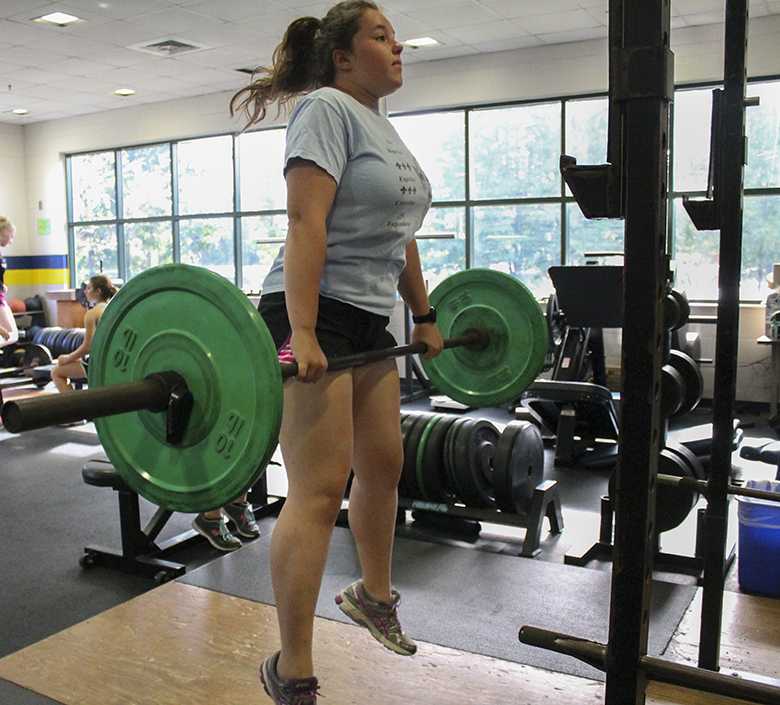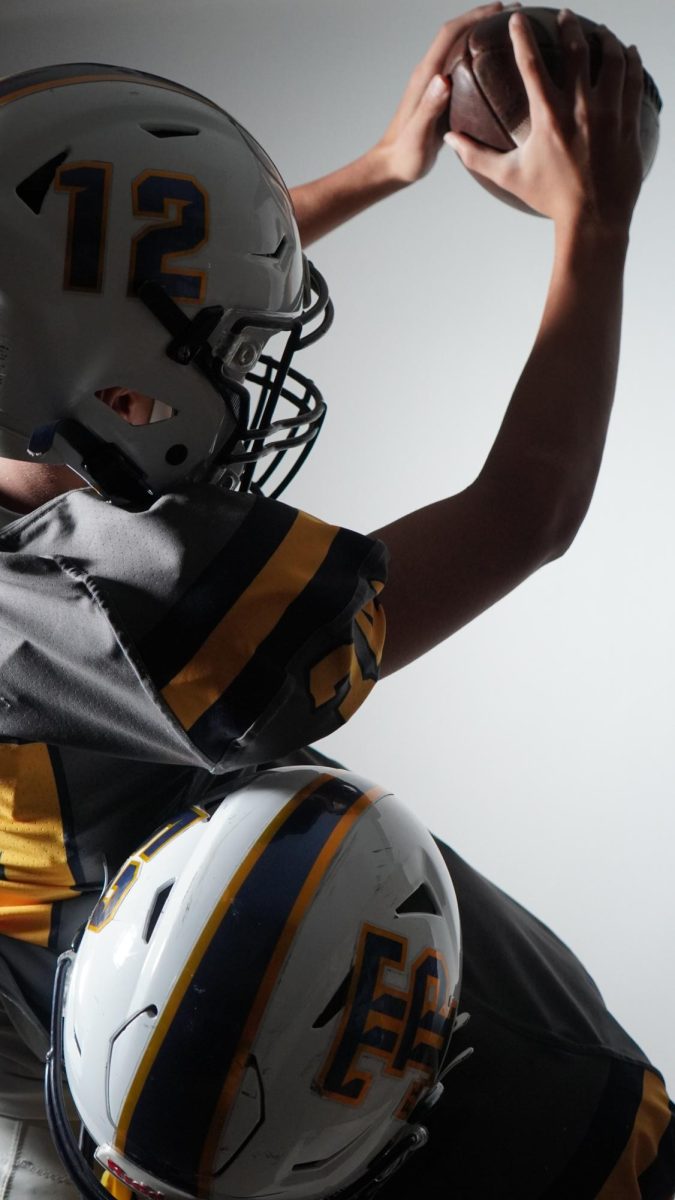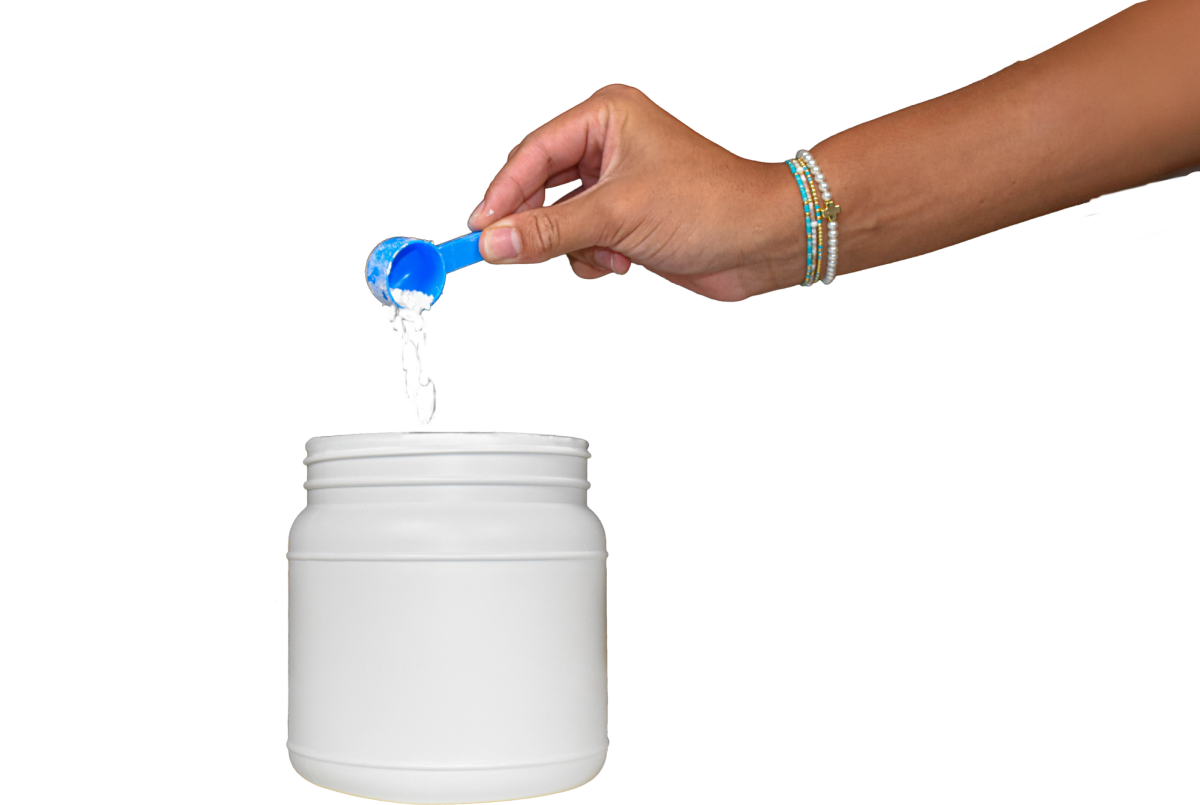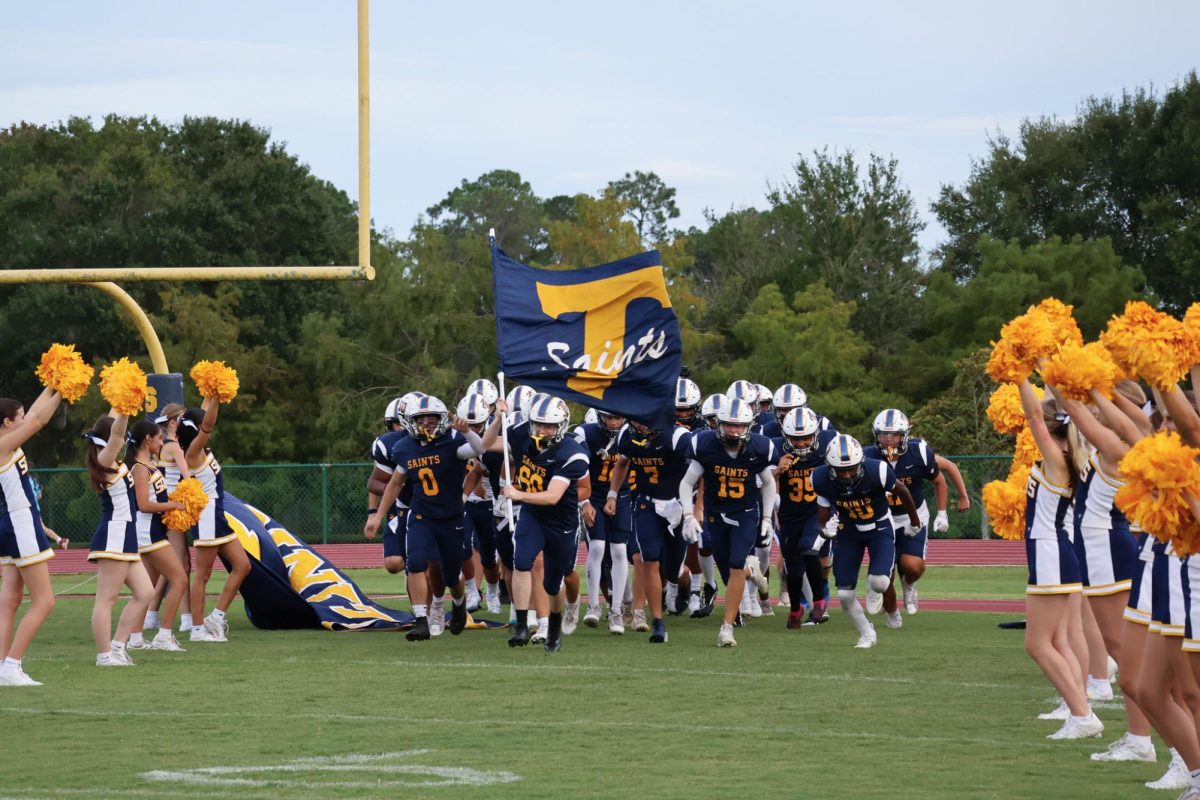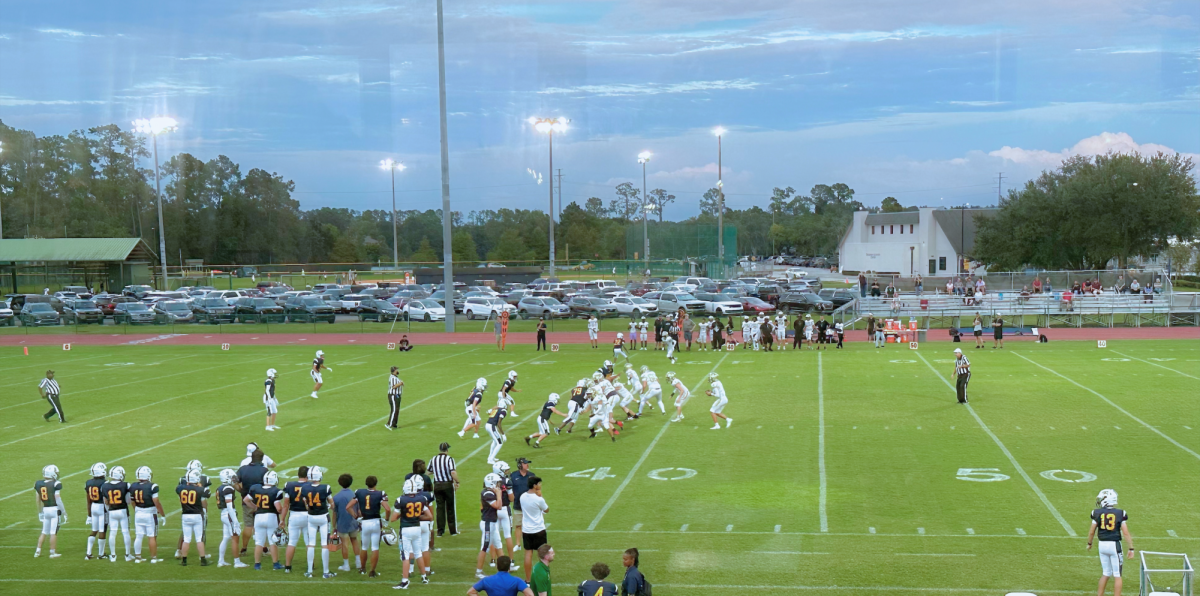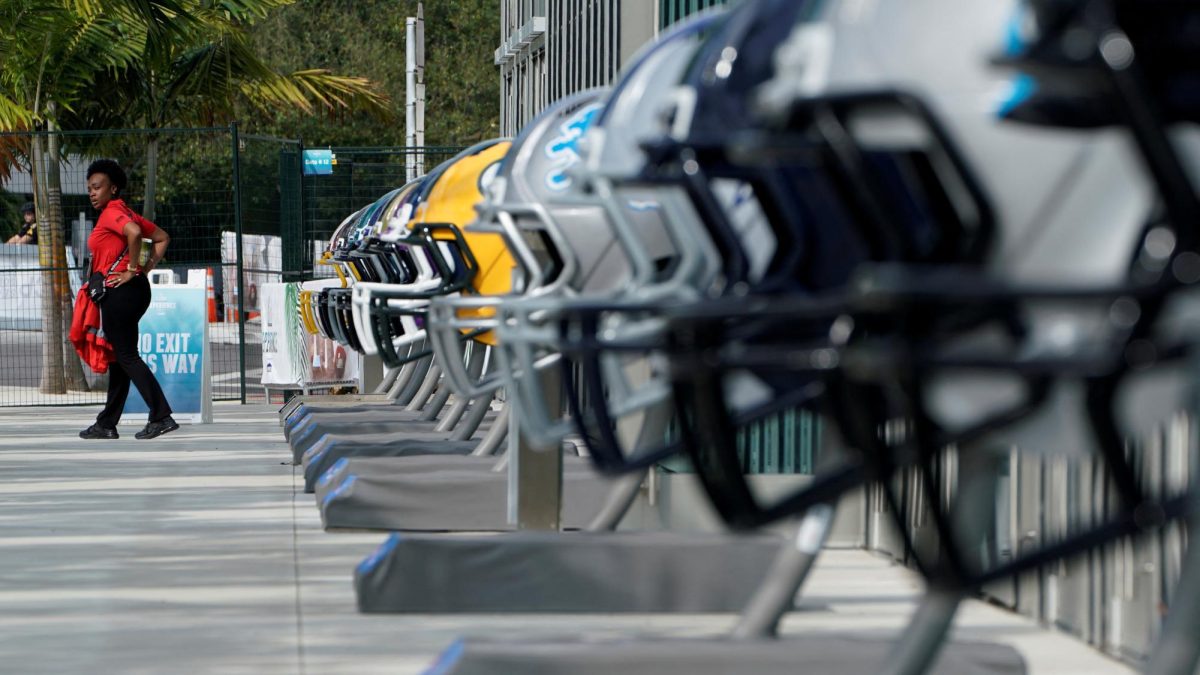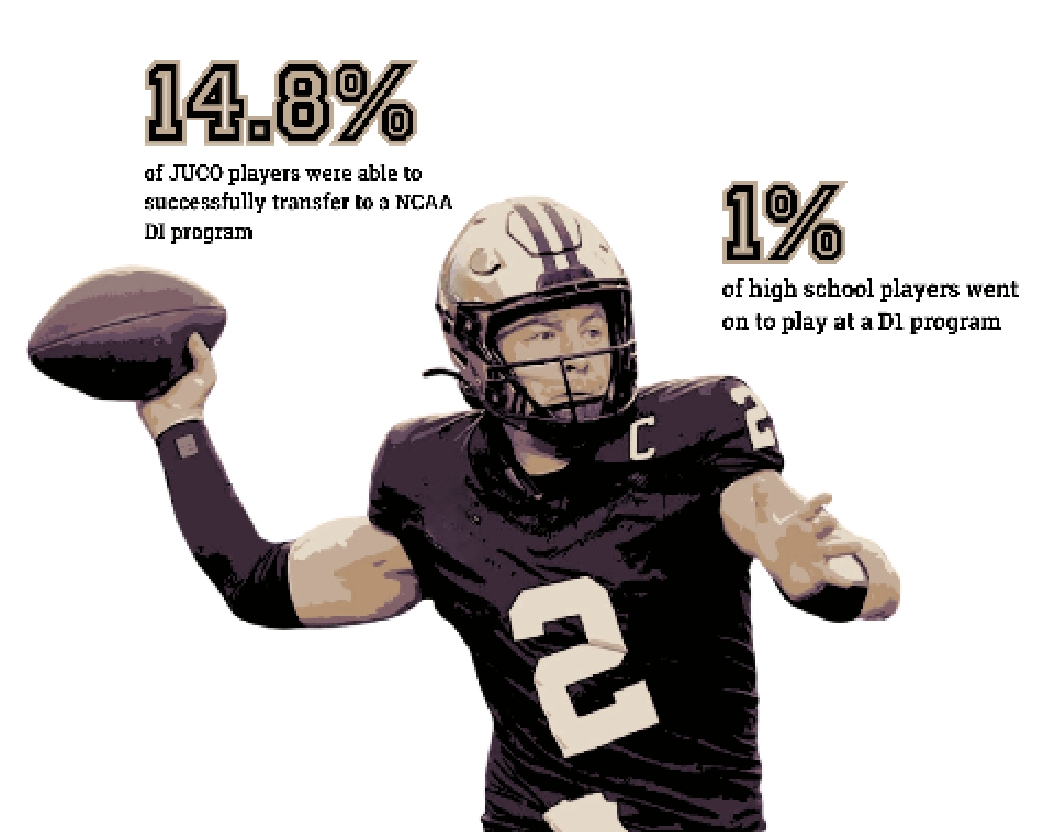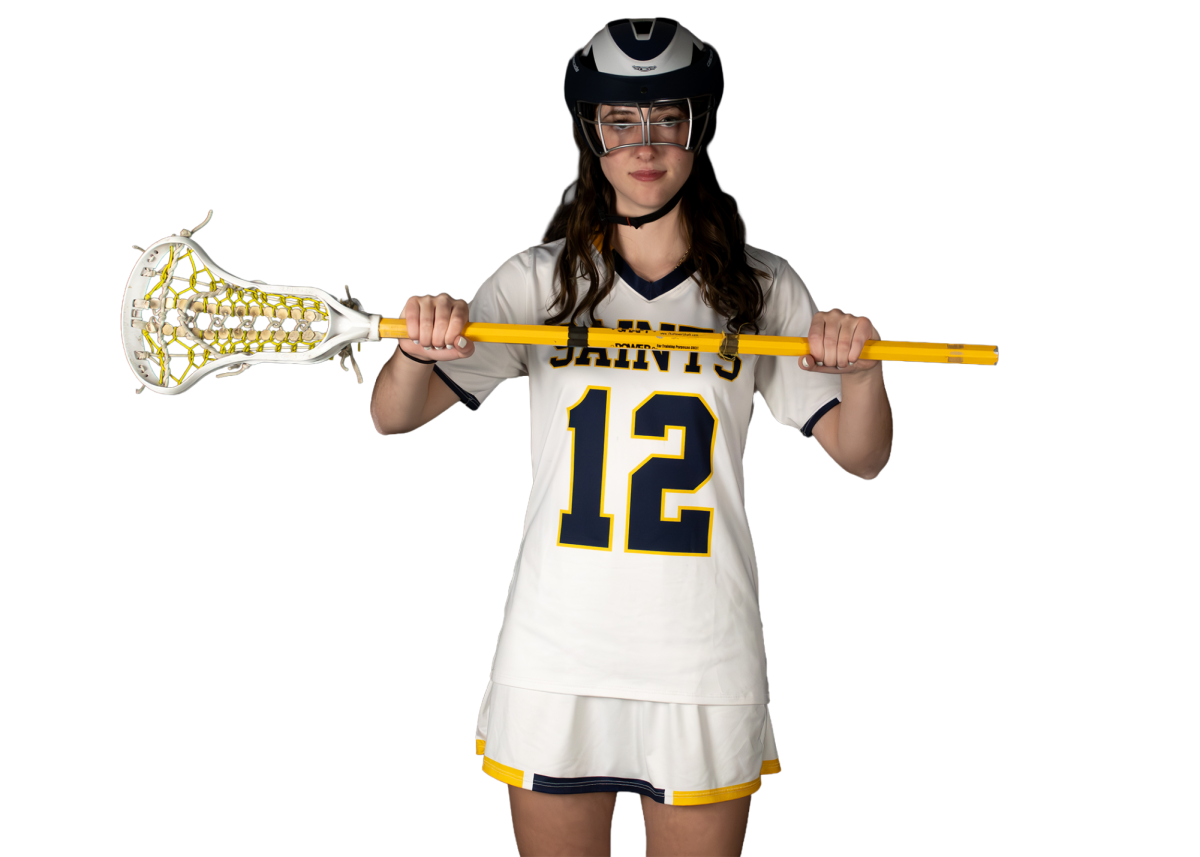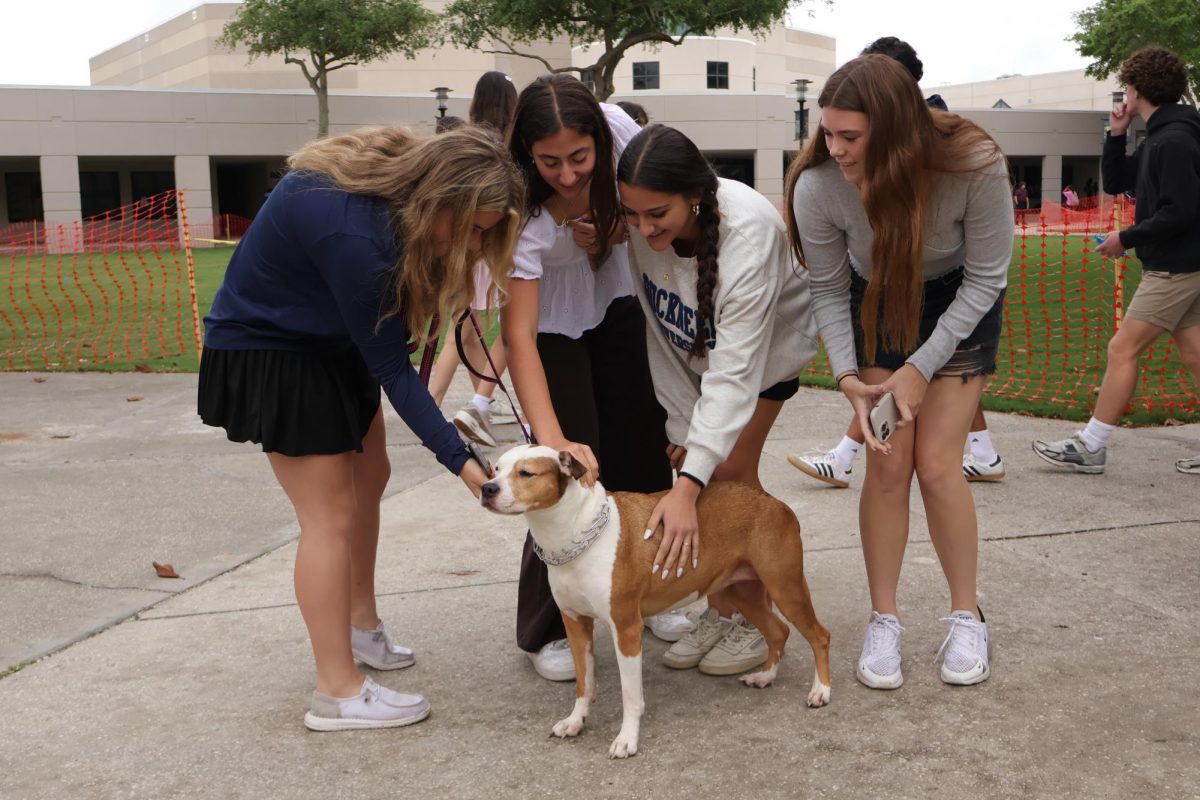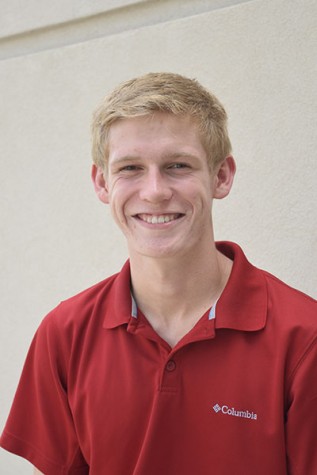There was a time when the squat racks in the Race Athletic Center outnumbered the girls of the Varsity Weightlifting team. Right now, that time could not seem more distant a memory. At its inception five years ago, Trinity’s team had just eight female lifters, but has since exploded in size. A wave of popularity has endowed the team with enough girls to mandate two separate practice times—as now it is the weight room that is too small.
After its humble beginnings in 2010, the Girls Varsity Weightlifting team has ballooned to have more than 30 athletes led by three captains. This year’s captains are some of the most experienced the program has ever had. Kerstin Heinrich, a second year captain, is the last remaining member of the inaugural team.
“Being a captain means that I get to be a role model for both technique and motivation,” Heinrich said. “I have the opportunity to teach the girls self-confidence, leadership and how to not worry about what other people think. It is a bit scary sometimes knowing that everyone is watching you, but the environment surrounding the team is so supportive that the worries quickly wash away.”
Fellow captains junior Hayley Nash and senior Ailsa McFadyen-Mungall also try to fit this didactic mold. By trying to leave a strong legacy of success and compassion, the three girls can assure that Trinity’s program is here to stay. Nash will learn how to be a good leader this year from Heinrich and McFadyen-Mungall and help carry the torch into the future.
“They set the standard for what it looks like to be able to have fun in [the weightroom] but also to be very focused and dedicated,” head coach Erin Miller said.
Not only has girls weightlifting been muscling its way onto the Trinity athletic scene in terms of popularity, but this upcoming season looks to have more success than ever before due to Florida High School Athletic Association (FHSAA) reclassification. The rise of girls weightlifting is not unique to Trinity. In fact, the number of high school Girls Varsity Weightlifting teams in Florida has so drastically increased that the FHSAA saw it fit to split the sport into two classes. After competing and having success against many of the high schools in the area last year, the girls will now lift against a myriad of schools more comparable to Trinity in size.
Most notable for the Saints is the change to their subsection—which is like a district.
“I believe we are the largest and most experienced team in our new, incredibly small division and that the split will allow for the team to flourish and reach a higher level of recognition among the weightlifting community,” Heinrich said.
Last winter, the team had to attempt to best schools such as Hagerty, Oviedo, Seminole and Lake Mary just to move past the smallest division; this year, in the new 1A classification, Trinity will compete against the likes of Lake Mary Prep and Orangewood.
“I want to win [Subsectionals],” Miller said. “I think that’s reachable this year. It was never even something we could dream about in the other classification. [We’ve gone from] ‘couldn’t even think about it’ last year to ‘can do it’ this year.”
While some such as Heinrich and Miller look forward to the success the reclassification could allow, others like Nash are looking at this development in an entirely different light.
“The split gives me a particularly positive outlook for this upcoming season because the fact that a split was necessary shows girls’ competitive weightlifting has increased in popularity,” Nash said.
Unlike some other schools, Trinity stresses the importance of lifts other than those done in competition. Pullups—Miller remarked—are one exercise that her girls do that does not directly correlate to better performance in meets.
“For a girl to be able to do a pullup is a pretty awesome thing,” Miller said.
Though a goal of the team is obviously to perform at meets, the major underlying theme of the program is fitness. For Miller and her lifters, weightlifting is a lot more than competition—it’s a lifestyle.




